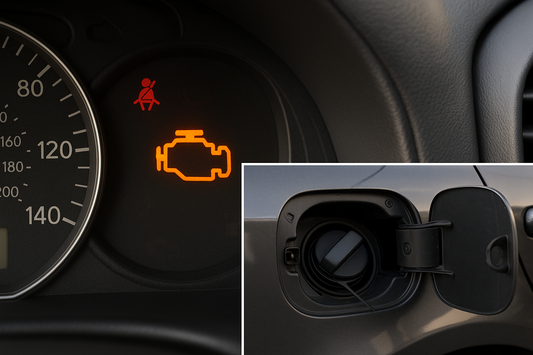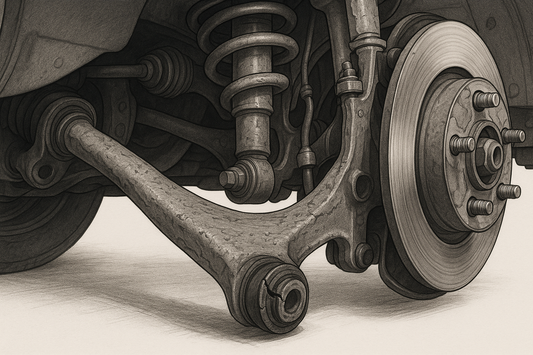In the auto parts market, brake pads are important components related to driving safety. With the increasing environmental awareness and vehicle performance requirements, dust-free brake pads are gradually becoming more and more popular among consumers due to their unique advantages. So, what are dustless brake pads? What types does it have? This article will answer them one by one for you.
What is a dust-free brake pad?
Dust-free brake pads, as the name suggests, are brake pads that produce almost no dust during use. Compared with traditional brake pads, dust-free brake pads use advanced materials and processes, which greatly reduce the generation of dust during braking, thereby reducing environmental pollution and wear and tear on other vehicle components.
Types of dust-free brake pads
Ceramic dust-free brake pads
This kind of brake pad uses a new ceramic material with low density, high temperature resistance and wear resistance. It has the advantages of no noise, no dust, no corrosion of the wheel hub, long service life, and environmental protection. The excellent performance of ceramic materials enables this brake pad to maintain stable braking performance even in high-speed, high-temperature, and high-load working environments.
NAO (Asbestos Free Organic) type dust-free brake pads
NAO type brake pads are mainly developed as an alternative material to asbestos. It has the advantages of no dust pollution, low wear and noise, and its service life is also significantly extended. This kind of brake pad is suitable for various vehicle models, especially in urban congested road sections. Its low noise and low wear characteristics can provide a better driving experience.
Semi-metallic dust-free brake pads
From the appearance, semi-metallic brake pads have fine fibers and particles, which can be easily distinguished from asbestos and NAO types. Compared with traditional brake materials, it mainly uses metal materials to increase the strength of the brake pads. At the same time, the temperature control and heat dissipation capabilities are also better than traditional materials, making the braking performance more stable.

Advantages of dust-free brake pads
In addition to the characteristics of the above types, dustless brake pads generally have the following advantages:
Environmental protection and energy saving: reducing brake dust emissions, in line with the green travel concept of modern society.
Extended service life: Due to reduced dust generation, wear on the brake disc and other related components is also reduced, thereby extending the service life.
Improve braking performance: Advanced materials and processes enable dust-free brake pads to have better friction performance and thermal stability, improving braking effect and safety.
How to choose dust-free brake pads
Choose the appropriate brake pad type according to the car model and braking system.
Check the material and manufacturing process of the brake pads to ensure they meet dust-free and environmentally friendly requirements.
Refer to brand reputation and user reviews to choose products with reliable quality.
Pay attention to the price factor and avoid buying products that are too cheap and may have quality problems.
Use and maintenance suggestions
Regularly inspect and replace brake pads to ensure that braking performance is always at its best.
Avoid long-term, high-intensity braking to reduce brake pad wear.
Keep brake pads and discs clean to prevent oil and impurities from affecting their performance.
To sum up, dust-free brake pads, as an emerging product in the modern auto parts market, are gradually becoming consumers' first choice due to their advantages of environmental protection, energy saving and high efficiency. When selecting and using dust-free brake pads, consumers should comprehensively consider the type, brand, adaptability, material and price of the brake pads to ensure driving safety while also contributing to environmental protection.










